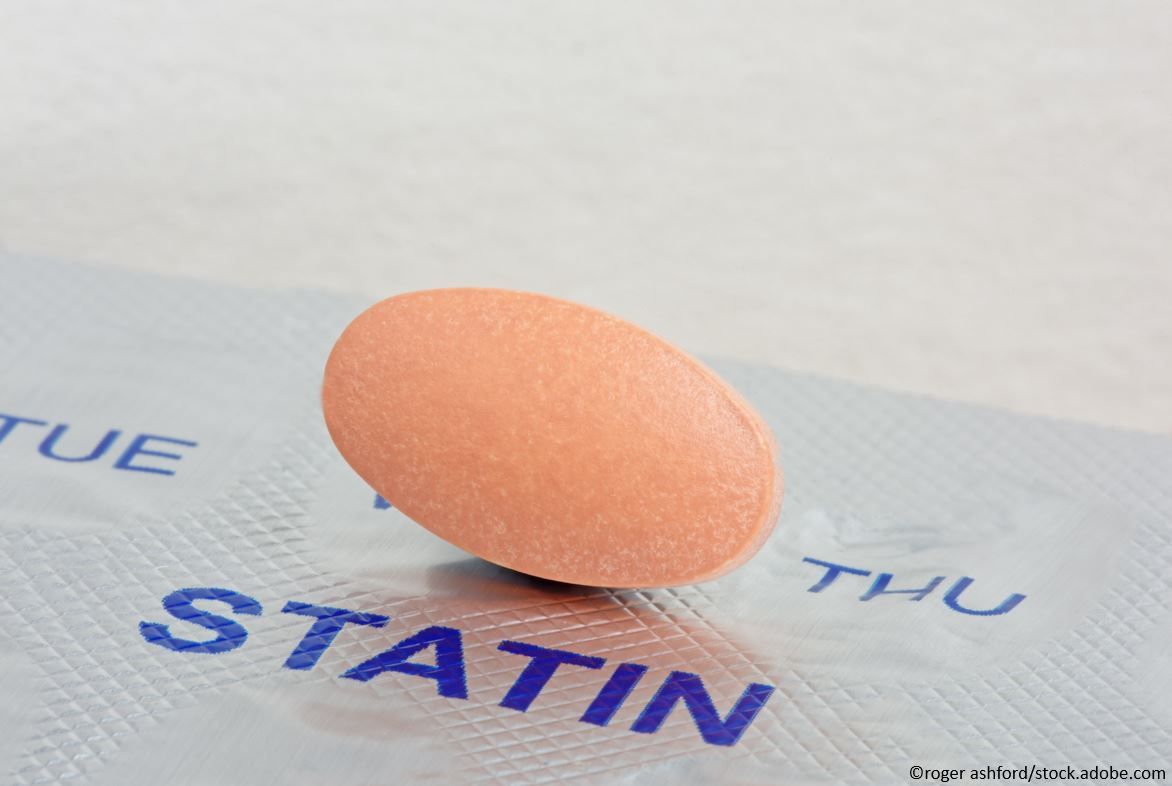- Clinical Technology
- Adult Immunization
- Hepatology
- Pediatric Immunization
- Screening
- Psychiatry
- Allergy
- Women's Health
- Cardiology
- Pediatrics
- Dermatology
- Endocrinology
- Pain Management
- Gastroenterology
- Infectious Disease
- Obesity Medicine
- Rheumatology
- Nephrology
- Neurology
- Pulmonology
Study: Statins Reduce CVD, Mortality in Low-risk Patients with Type 2 Diabetes
A recent study found that the use of statins in patients with newly diagnosed T2D reduced incidence of cardiovascular disease and death, particularly among older patients.

The use of statins as primary prevention in patients with recently diagnosed type 2 diabetes (T2D) was found in a new study to reduce incidence of cardiovascular disease (CVD) and mortality, particularly in patients who were older and who were adherent to treatment.
Published in the June edition of the Journal of the American Heart Association, the retrospective study aimed to examine whether primary prevention with statins and high adherence to statin treatment reduce the associated risk of CVD or death in a low-risk population with T2D.
Morten Malmborg, MD, of the Danish Heart Foundation in Copenhagen, Denmark, and colleagues used Danish nationwide registers to identify 77 170 patients aged 40 to 89 years with new-onset T2D from 2005 to 2011, who were still living 18 months after diagnosis.
Individuals were excluded for diagnosis of coronary artery disease, heart failure, ischemic stroke, peripheral arterial disease, and chronic kidney failure before the 18-month index date; any cancer 6.5 years before index; or emigrated before index date.
Researchers calculated the proportion of days covered (PDC) by statins within 1 year before index by analyzing consecutive claim prescriptions. Incidence of first myocardial infarction, first ischemic stroke, or all-cause death was used to determine statin effectiveness. All patients were followed up from the index date until one of these events occurred, emigration, or 5 years after the index date.
Among all participants, 56% were treated with statins, of whom 72% had a PDC ≥80%, according to the study.
High Statin Adherence Crucial for Maintaining Low Risk
The results showed that high adherence to statin treatment was important for maintaining a lower 5-year risk for CVD or death and that treatment was most effective in older patients.
For example, in men aged 70-79 years who were treated with statins, the standardized 5-year risk was 22.9% (95% confidence interval [CI], 21.5%-24.3%), compared to 29.1% (95% CI, 27.4%-30.7%) in men not treated, resulting in a significant risk reduction of 6.2% (95% CI, 4%-8.4%; P<.0001).
For women, those aged 40-49 years had no risk reduction (95% CI, -1%-1%) if they took statins, whereas those aged 80-89 years had a risk reduction of 10.8% (95% CI, 7.2%–14.4%).
There was no significant difference in adherence level or standardized risk difference between men and women, although standardized risks were higher for men, noted researchers. Men in all age groups and women older than 50 years treated with statins had a lower standardized 5-year risk for CVD and death than those who were not.
Among patients using statins, those with PDC <80% had higher standardized 5-year risk for CVD and death vs those with PDC ≥80%, the researchers found.
“Finally, we observed that women were more frequently treated with statins, and that a high proportion of patients (44%) were not treated with statins 6 months following T2D diagnosis,” wrote researchers.
The main limitation of the study was the use of observational data, as well as approximated indication for statins and dose and treatment periods, and lack of diversity in Denmark, the researchers noted.
